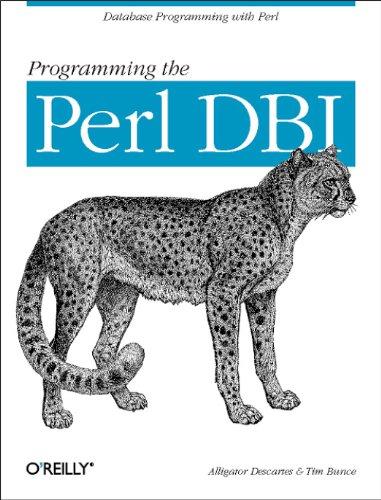Answered step by step
Verified Expert Solution
Question
1 Approved Answer
please give description too Set-UID. Do your attacks in Step I still work? Please describe and explain your observations 2.9 Task 9: Capability Leaking To


please give description too
Set-UID. Do your attacks in Step I still work? Please describe and explain your observations 2.9 Task 9: Capability Leaking To follow the Principle of Least Privilege, Set-UID programs often permanently relinquish their root privileges if such privileges are not needed anymore. Moreover, sometimes, the program needs to hand over its control to the user, in this case, root privileges must be revoked. The setuid() system call can be used to revoke the privileges. According to the manual, "setuid() sets the effective user ID of the calling process. If the effective UID of the caller is root, the real UID and saved set-user-ID are also set". Therefore, if a Set-UID program with effective UID O calls setuid (n), the process will become a normal process, with all its UIDs being set to n. When revoking the privilege, one of the common mistakes is capability leaking. The process may have gained some privileged capabilities when it was still privileged; when the privilege is downgraded, if the program does not clean up those capabilities, they may still be accessible by the non-privileged process. In other words, although the effective user ID of the process becomes non-privileged, the process is still privileged because it possesses privileged capabilities. Compile the following program, change its owner to root, and make it a Set-UID program. Run the program as a normal user, and describe what you have observed. Will the file /etc/zzz be modified? Please explain your observation. #include Step by Step Solution
There are 3 Steps involved in it
Step: 1

Get Instant Access to Expert-Tailored Solutions
See step-by-step solutions with expert insights and AI powered tools for academic success
Step: 2

Step: 3

Ace Your Homework with AI
Get the answers you need in no time with our AI-driven, step-by-step assistance
Get Started


